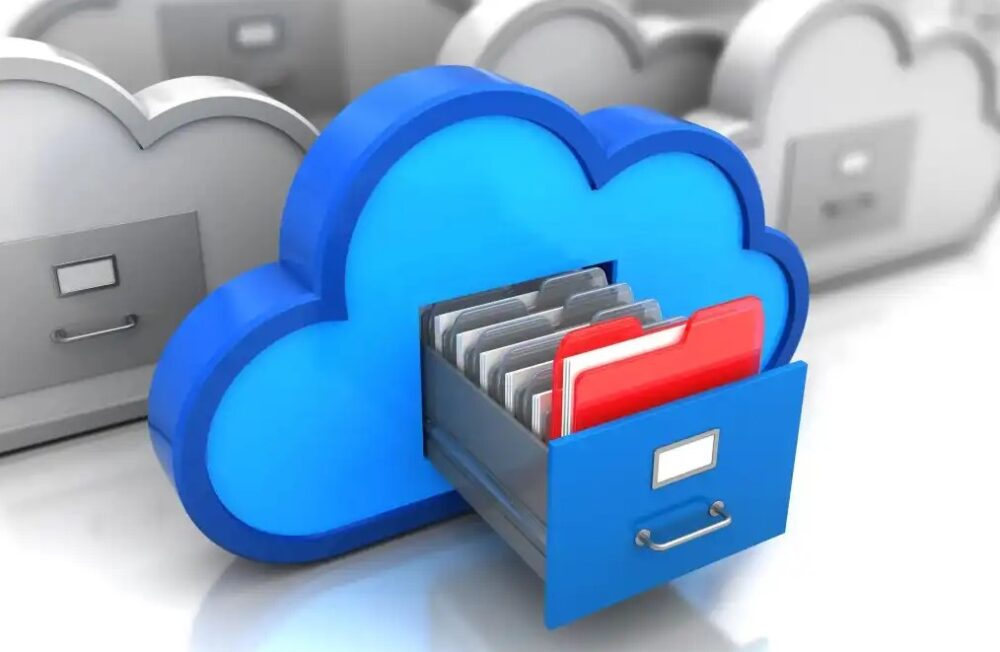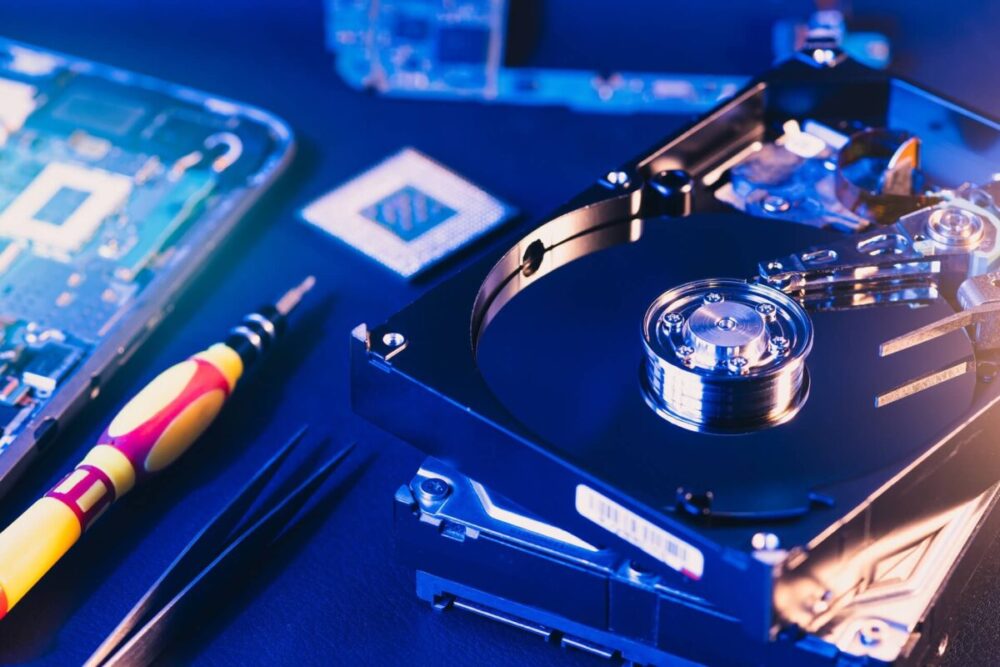
Your computer crashed and it’s a stressful situation. But it wasn’t just any old computer – it was your work computer! Here, a data backup simply won’t make the grade.
In companies, data backups aren’t enough, and a full disaster recovery solution is required to restore operations.
What’s more, it must be done without disrupting the company’s ongoing operations. This goes a lot further than a simple retrieval.
Here, we will talk about the difference between the two solutions. There may appear to be a simple difference but there is more to it. So, let’s jump into the difference between the two solutions and why you need the latter for your organisational safety:
Table of Contents
What are the two solutions?
The best backup and disaster recovery Adelaide has is a two-tiered solution, including the following:
Backup

This is the strategy of copying data to a specified location. Here, the data can easily be retrieved in the event of an emergency.
They come in many forms, including data storage in remote locations and duplicating data on secondary storage arrays within the same location. You can also offload information into a public cloud to enhance informational safety.
Disaster recovery
This solution, conversely, is the strategy required to safeguard information and services against issues and retrieve them in the event of an emergency.
It runs a lot deeper than simple retrieval. Backing up your information is one part of the solution, but it doesn’t cover the whole process.
You require something that protects your information but can also quickly retrieve it in the event of an emergency. The ability to do so will help you restore it to the right location after such an event.
Doing so through the cloud will help you avoid downtime in the event of an emergency. What’s more, it will reduce the harmful effects of such an emergency on your business.
Which solution is right for you?

You may be able to get away with a simple backup. This is typically the case for files or systems that aren’t integral to your business operation. You typically don’t need a complete recovery solution for mobile devices or PCs that you give out to staff.
If an individual’s device encounters a problem then the operation probably won’t suffer. All you will have to do here is replace the device and complete a cloud retrieval.
But if you want to protect your infrastructure and services you will need disaster recovery. If your teams’ computers all operate as thin clients that rely on a central server then an emergency could be terrible.
It could even prevent your employees from the ability to work on these devices. Therefore, it is imperative that you protect your network through this solution.
You need a solid solution that will protect both your database and server. The strategy helps ensure that you can easily retrieve your data. This will help get operations back up and running so that your business doesn’t suffer from ongoing downtime.
Such downtime can be disastrous for company productivity. What’s more, it invariably leads to negative financial impacts, so it should be dealt with before it emerges.
Conclusion

In modern technology, you can never be safeguarded enough against potential threats. Having both solutions in place will help safeguard your operation against emergencies.
Therefore, you need both to ensure that you have a protective barrier against anything terrible happening to your company. This is the best way to do just that!







